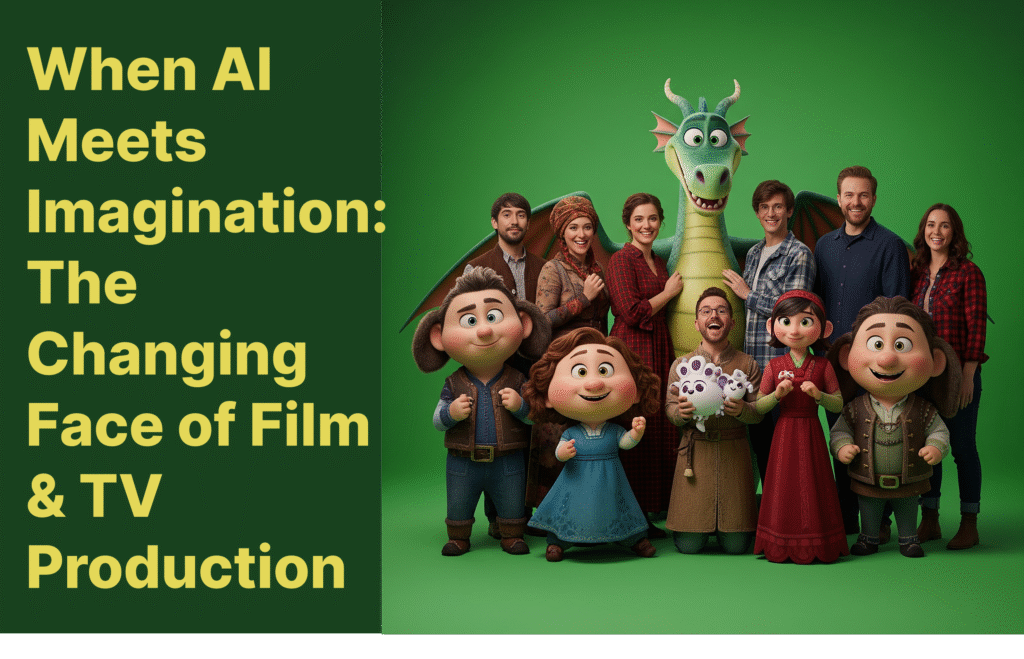Top studios in the US, Brazil, India, and other major markets are reluctant to license their best work as they plan their own streaming services.
Cross-border Transactions: Industry Pain Points
Lack of data is the biggest pain for the industry
Every year, the global entertainment industry spends about $255 billion buying and producing content.
Where does the money go? Which stories and genres are getting funded, and in which markets? Which are the rivals Netflix is encountering as it chases storytellers, talent and studios in different countries? Which content, originally produced for a local audience, is being picked by global streaming players?
There are simply no deals data to track the what and where, and explain the why. An information that is critical today when global content budgets are in a state of flux.
Media deals that are top of market today may not be the core focus next year
Top studios in the US, Brazil, India and other major markets are reluctant to license their best work as they plan their own streaming services.
Covid-19 has had a crushing impact on box-office launches, and has changed the traditional pattern of theatrical releases.
The economics of content production and content acquisition are not insulated from such shocks, and beg for deals tracking.
Scale of content production has been growing tremendously year-on-year
Over 100,000 TV channels, streaming platforms, studios, cable and satellite companies worldwide are furiously adding more than a million new video content titles every year to an existing basket of about 15 million.
Data on these production, acquisition or distribution deals are disaggregated and unstructured. Or, simply, unavailable.
Predicting content potential based on current trends is a challenge
There is a constant battle to predict what content is ‘in demand’ for acquisitions. Industry players have been resorting to crude methods to track patterns and trends.
Interns and new recruits are asked to tabulate last known deals by competitors, streaming companies and major studios.
Anecdotal calls to ‘experts’ for ‘signals’ is yet another means.
Incomplete information leads to incomplete conclusions
Extracting details of deals is also complex and time-consuming. The data sets are either buried in press releases or are often semi-structured, owing their origin to industry bodies that track deals only for specific markets.
Most of the information is circumstantial at best.
Unavailability of financial specifications of ongoing deals leads to non-standard pricing models
In any cross-border deal, while the bulk of the funds is spent on production and acquisition, distribution often forms a major part of the money trail.
While distributors are not shy about announcing the deals, they keep the financial specifics close to their chest. Dearth of details leaves the streaming giants at a disadvantage while negotiating.
Leakage of information via grapevine creating misinformation
Sometimes, small local studios that are already under exclusive content contracts, continue dialogues with rival streaming companies to gather intelligence, leaving parties on the other side of the table vulnerable.
Using technology to convert unstructured information into structured data & analytics
There is a certain way that money flows into the video entertainment industry.
Vitrina aims to use its proprietary AI and analytical expertise to trace this path: from where the money is coming in, and where it is going.
A system is being created to capture data that would indicate what content is getting funded, in which markets, in which genres, and by which companies. Also, who the recipients are.
The information culled from published sources and industry experts would explain how the industry is structured, and which constituents are critical in the flow of the big bucks: the countries, studios or the distribution companies
Connecting the dots across all aspects of content funding life-cycle
What kind of stories should get funded, or the nature of content that must be created is a function of what content is being traded.
Vitrina aims to piece together the entire story. From the source of the money to what type of content is attracting more funds, which the top markets are, and the diverse choices that an entertainment company might be making in different regions.
Vitrina would also pick out the prominent dealmakers in different markets, and examine the nature of their deals.
Not limiting to specific deal makers; Vitrina is covering the longtail across regions
Vitrina would go beyond Netflix, Amazon or Disney and dig deeper in order to identify the mid-sized or still smaller players in different geographical areas.
Its pecking order would also include local, pan-regional or regional companies which might be regularly spending substantial money to produce content.
Vitrina would examine the size of such deals, genres that are drawing the funds, and regions that are seeing maximum action.
In the course of its search, Vitrina would also identify the biases, prejudices and preferences in language or genre. Were certain studios or themes being patronised more than others?
Vitrina Deal Intel’s winning formula is to deliver accurate information every time
Such deal intel, combined with an AI-powered robust supply chain search, would give Vitrina its winning formula.
At every step, Vitrina would read authentic information from appropriate indicators to improve the quality of choices in the selection of content, partners, and markets in cross-border transactions.
This would remove the ambiguity that exists in cross-border transactions today. Visit https://vitrina.ai/ to know more!




























